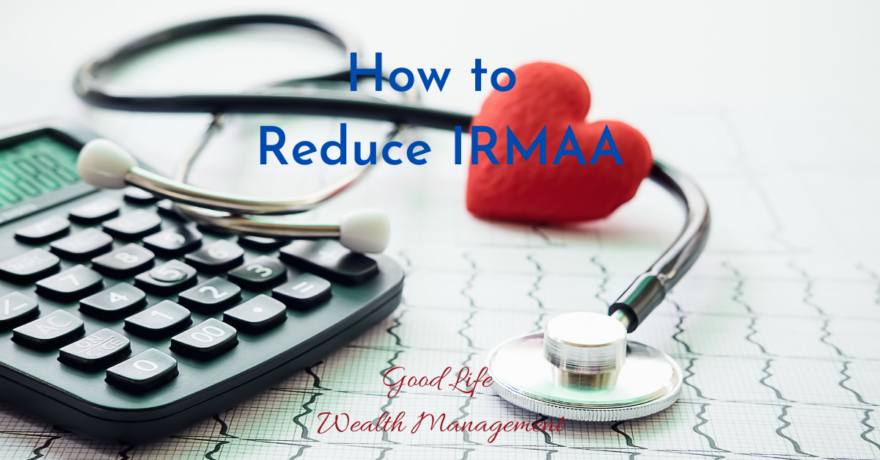There are extra catch-up contributions for 2025 which will allow some investors to save even more. The SECURE Act 2.0 allows savers age 60 to 63 to contribute a higher catch-up amount to their 401(k), 403(b), or SIMPLE IRA plans. These amounts are 50% more than the regular catch-up contributions for savers age 50+. Along with this good news, I’m afraid there is also some bad news which will impact many of my readers. Congress giveth and Congress taketh away. Here are the details.
What Age?
First, an important definition for retirement plans. When we talk about your age for 2025, that is the age you are at the end of the year, on December 31, 2025. You could be 59 for most of the year, but as long as you turn 60 before the end of the year, you treat the whole year as if you are 60. There are no partial years or pro-rated benefits. You may be 49 most of the year, but as long as you are 50 on December 31, you are 50 for the whole year.
Contribution Limits for 2025
401(k) and 403(b)
- Under age 50: $24,000
- Age 50+: plus a $7,500 catch-up = $31,500
- Age 60-63 only: a $11,250 catch-up = $35,250
SIMPLE IRAs
- Under 50: $16,500
- Age 50+: plus a catch-up of $3,500 = $20,000
- Age 60-63 only: a $5,250 catch-up = $21,750
Please note that the larger catch-up will apply only from age 60 to 63. The year when you turn 64, the catch-up amount drops back down to the regular age 50 catch-up amount.
Read More: What Percentage Should You Save?
New Limits on High Earners
There’s a new problem for high-earners, which will take effect the following year. Starting January 1, 2026, if you make over $145,000, you can make catch-up contributions only into a Roth 401(k). Those catch-up contributions will be after-tax, not tax-deductible. This will be based on your prior year (2025) wages. Your employer will have to determine if you are eligible to make traditional catch-up contributions, or if you will only be allowed to make Roth catch-up contributions. Either way, you can still make the normal contribution (presently $24,000) into your traditional 401(k). This limitation will only impact the catch-up contributions.
Read More: To Roth or Not to Roth?
We are still waiting on advice from the IRS on how these new limits will be handled. For example, how do we treat someone who changes jobs? How will an employer know an employee’s earnings before they started with your company? What about for self-employed persons? 401(k) providers are scrambling to create processes to comply with the new rules.
I’m disappointed that instead of trying to get Billionaires to pay their fair share, Congress decided that a professional making $150,000 a year to support their family doesn’t deserve to deduct their catch-up contributions. This is essentially a new tax on upper-middle class Americans. For employees over 50 who are currently maxing out your 401(k), this is essentially increasing your taxable income by $7,500 in 2026.
I suspect that a lot of employees will choose to not make the Roth catch-up contributions and will simply cap their contributions to the standard $24,000 amount. Without the tax savings, some won’t be able to afford the full contribution. And that’s too bad, because Congress is now discouraging people from saving for retirement.
What should you do? Write your Congressperson and share your thoughts. And then do the Roth catch-up contribution anyways, if you can. While you will probably be in a lower tax bracket in retirement than during your working years, there is still a benefit to having those dollars growing tax-free in a Roth. And let’s hope they reverse this horrible new rule and go back to letting everyone deduct their catch-up contributions.
One Step Forward, Two Steps Backwards
You got all excited to learn about the extra catch-up contributions for 2025. It’s a small amount for only four years of your life, but thank you, Washington, for thinking of us. And the following year, they take away the ability to deduct the catch-up contribution for everyone over 50 who makes above $145,000. If you planned to work to 65 or 70, you just lost 15 to 20 years of tax-deductible catch-up contributions.
This hurts because in your working years, you might be paying 24%, 32%, 35% or more in Income taxes. You want those 401(k) deductions in your prime earning years. Once you are retired, you will be in a lower tax bracket, maybe 12% or 22%. Starting in 2026, they’re making you pay taxes on your catch-up contributions and paying the higher taxes today.
Saving is your responsibility. Most of us don’t work for an employer who provides a generous pension plan. We face a looming Social Security crisis in less than a decade now. I haven’t met too many people who felt they had over-saved for retirement. But I have met a lot who are concerned that they are behind or not on-track for a comfortable retirement. And that is what we do here at Good Life Wealth Management everyday – think, plan, and deliver on your retirement goals.













